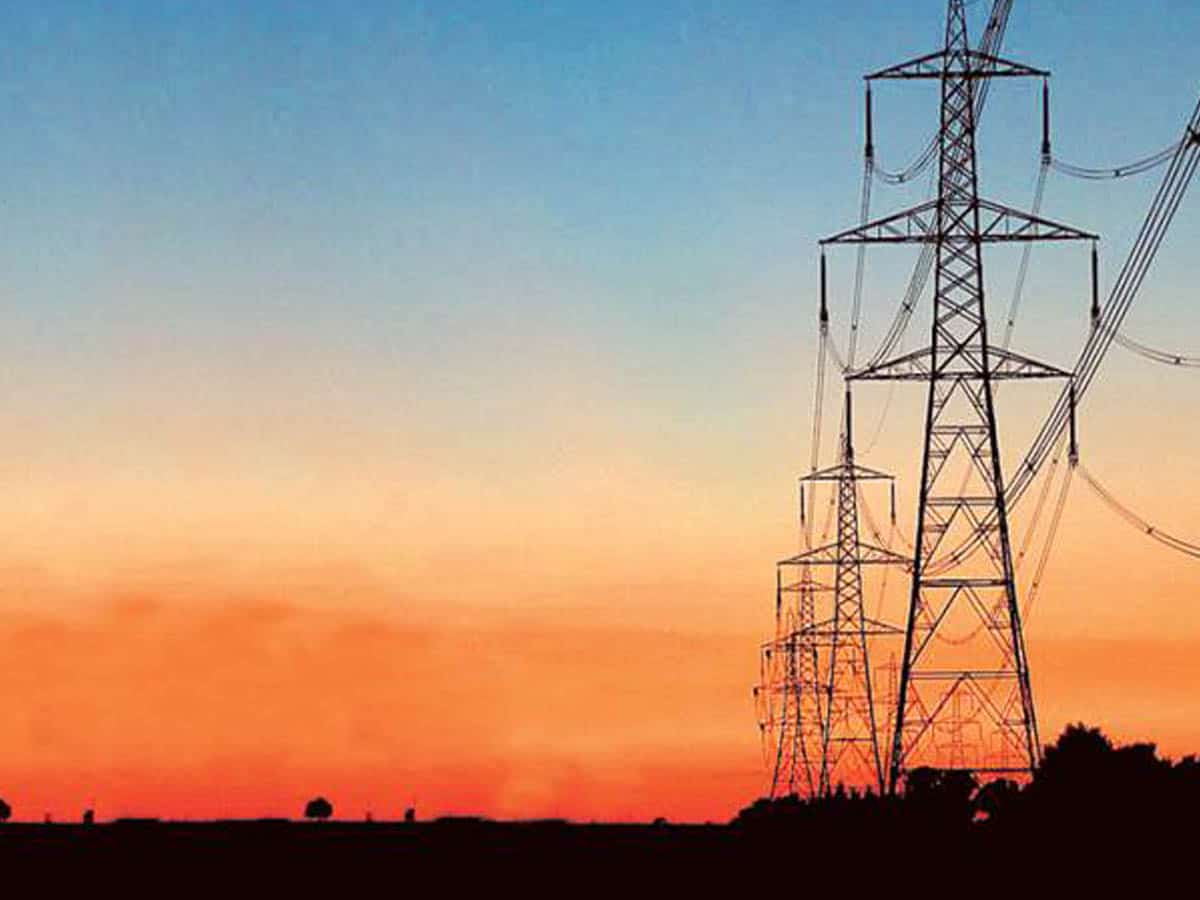New Delhi: The Centre’s Rs 90,000 crore liquidity window to financially stressed state discoms for clearing their mounting dues to power generation companies may not be sufficient to clean up their books and clear all outstanding.
The reason is that power distribution companies’ (discoms) pending dues to power generation companies (gencos) has risen 73 per cent year-on-year and 8 per cent month-on-month to Rs 1,05,000 crore as of April 2020.
The total outstandings stood at 1,23,000 crore (+52% yoy/+7% mom), close to its November 2015 peak of Rs 1,35,000 crore.
Of the total, discoms in key states of Rajasthan, Tamil Nadu, Uttar Pradesh, Maharashtra, Karnataka, Telangana and Jharkhand account for 81 per cent of the total overdue owed to gencos.
According to a research report from Emkay Global Financial Services, discoms’ ailing financial health was exacerbated during the lockdown, leading to a steep fall in power offtake across the commercial and industrial segment. Also, collection efficiency declined to 20% in April 2020 and 35-40% in May 2020.
This has put additional burden on the discoms. To add to the problem is the reluctance of the state governments to participates in the Atmanirbhar Bharat package liquidity support, considering that the loans will be extended by PFC and REC to discoms after full guarantees from state governments.
With state finances also hit badly due to the coronavirus pandemic, some of the states have asked the Centre to consider a further reduction in interest on loans under this scheme to less than 6 per cent from around 9.5 per cent now. A few have not even given their discoms a go-ahead to access the liquidity window.
“While the government has provided a Rs 900bn relief package under the Atmanirbhar Bharat scheme, its execution has been slower than anticipated. “We believe that any further delay could aggravate already stressed financials of discoms,” Emkay said in its report.
To date, five states’ discoms have sought Rs 33,100 crore under the Atmanirbhar Bharat scheme – Tamil Nadu (Rs 15,500 crore) Andhra Pradesh (Rs 6,600 crore), Maharashtra (Rs 5,000 crore), Rajasthan (Rs 4,500 crore) and Punjab (Rs 2,000 crore) out of which the total sanctioned amount so far is Rs 12,300 crore (Rs 3,300 crore for Andhra Pradesh, Rs 2,000 crore for Punjab, Rs 2,000 crore for Rajasthan and Rs 5,000 crore for Maharashtra).
Even after the sanctioned amount is paid to the gencos, the total outstanding due of discoms would be Rs 1,10,000 crore, which is worrying, the brokerage said.
Of the total overdue to gencos, independent power producers (IPPs) have the highest share at 36.1%, followed by CPSEs (35.7%), state gencos (20.3%) and renewable energy (8%).
Among private gencos, Adani Power has the highest share in the total overdue at Rs 18,400 (48% of IPPs overdue/17% of total overdue). Similarly, dues owed to NTPC are highest among CPSEs at Rs 16,800 crore (44% of CPSEs/16% of total overdue).
Among all the discoms, Rajasthan discom has the highest share in the total overdue at Rs 31,200 crore, which increased 46% YoY and 4% month-on-month. Tamil Nadu discom comes second with the overdue amount of Rs 15,800 crore, surging 63% YoY and 9% mom. Uttar Pradesh saw its outstanding dues balloon to Rs 14,000 crore in April’20 – third-highest – from Rs 5,500 crore a year ago, up 155% YoY and 6% mom.
Of the Rs 17,000 crore amount billed to discoms in April 2020, only 11% or Rs 1,800 crore was paid. Payments as a percentage of the billed amount for a month have historically been poor. However, payments particularly deteriorated in April 2020, owing to lower collections due to Covid-19 woes (only 20-25% collection efficiency).
Overdue for May 2020 is yet to be reported, but going by the average pace, Emkay has estimated that it could very well reach Rs 1,25,000 crore level. But, with the gradual easing of lockdown restrictions, collections as a percentage of amount billed should improve considerably from June-July 2020.
Amidst the rising outstanding of discoms, country’s power demand fell 22% YoY in April 2020 (-13% mom), 14% YoY in May 2020 (up 20% mom) and 14% YoY in June 2020 (flat mom). Overall, power demand and generation declined by 16.5% YoY and 20.4% YoY respectively in Q1FY21.

